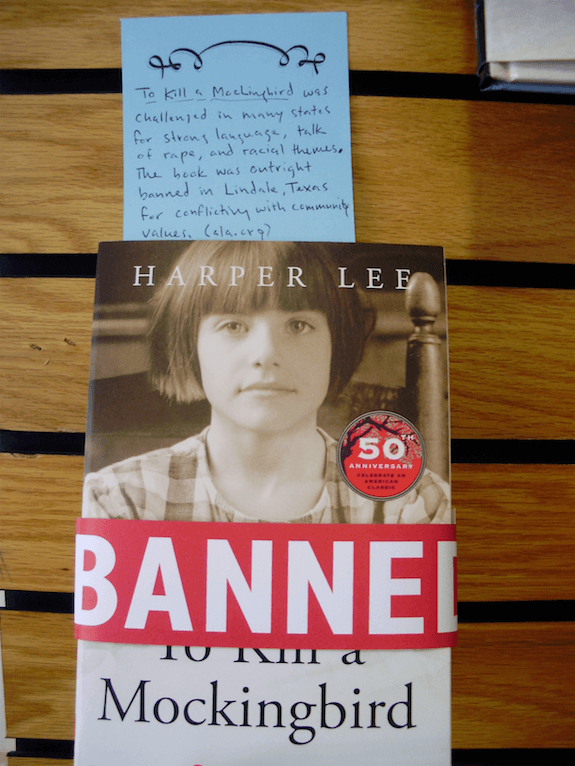Tag: Gabrielle Bianco ’21
Banning Books is Banning Education
by The Cowl Editor on November 9, 2017
Opinion

by Gabrielle Bianco ’21
Opinion Staff
In early October, action was taken in Biloxi, Mississippi, to remove Harper Lee’s To Kill a Mockingbird from the eighth grade curriculum.
Kenny Holloway, the vice president of the schoolboard where the decision was made, stated, “There is some language in the book that makes people feel uncomfortable.” While Holloway did not expand upon exactly what made people uncomfortable, one could assume that they were concerned with the book’s portrayal of racism and various crimes. Some reports indicate that it was specifically the use of racial epithets that caused the controversy.
The responses from people around the country, specifically educators, were largely against the decision. Cheryl Schamp, an English teacher in Montana, supported teachers’ rights to educate their students on mature and sometimes divisive themes by stating, “We don’t teach it in a vacuum…you get a safe environment for kids to think about those things.” Likewise, Arne Duncan, the former secretary of education under President Obama tweeted, “When school districts remove To Kill a Mockingbird from the reading list, we know we have real problems.”
Responses such as these prompted the schoolboard to revise its decision. The book was reinstated to the curriculum at the end of October, to an extent. Students now have the chance to read the book and take part in an accompanying lesson as long as they have a permission slip signed by a parent or guardian.
This is not the first time Lee’s work has been challenged in an academic setting. Lee’s epic novel, which centers around a young girl discovering the horrors of racism that plague her Alabama town in the 1930s, has raised concerns for decades. In fact, To Kill A Mockingbird was noted as one of a the American Library Association’s “Top 100 Banned/Challenged Books” in the decades of 1990-1999 and 2000-2009.
These actions point to a dangerous trend of censorship in the American school system. While those who challenge books by deeming them inappropriate may believe they are helping students, they are ultimately hurting their education.
Books like To Kill a Mockingbird are supposed to make people feel uncomfortable because they confront reality. When a student feels troubled by actions in a book, it can inspire them to confront similar issues in their own communities.
For example, To Kill a Mockingbird can spur readers to contemplate how racial injustice is represented in their surroundings. When taught well in a safe environment, the mature subject matter in these controversial books can prove to be illuminating rather than damaging.
Two other works that are listed by the ALA as being frequently challenged or banned are The Bluest Eye by Toni Morrison and The Absolutely True Diary of a Part-Time Indian by Sherman Alexie. These works also deal with themes of race and were questioned for being culturally insensitive, controversial, and unsuited for the age group they were being taught to. When taught in the appropriate setting and manner, however, these works can promote cultural understanding and tolerance.
Children are the future. Childhood and adolescence prove to be a golden window of opportunity in which one’s beliefs and character can be molded. If we allowed children to embrace these essential lessons at an early age, the world could be much better off.
To ban To Kill a Mockingbird and other works like it—because they make people uncomfortable—is to potentially deny the world the opportunity to have a more empathetic, just, and accepting future.
As Providence College students pursuing studies in education contemplate how they will impact the leaders of tomorrow, hopefully they will consider the importance of not shying away from real world issues as uncomfortable as they may be. A proper education in all of these subjects is invaluable.
